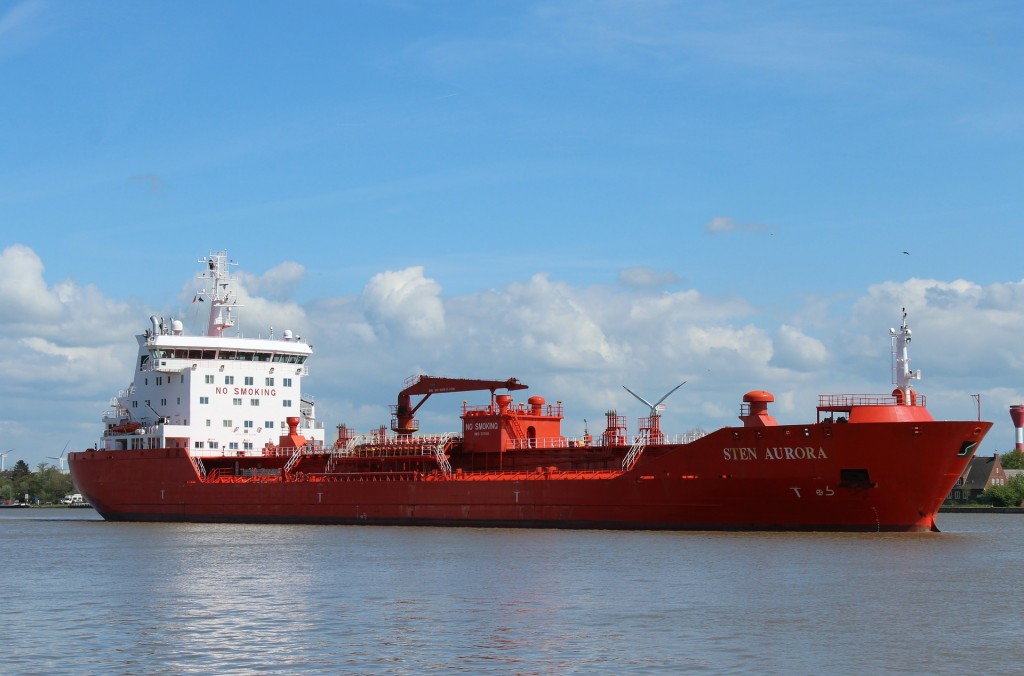Flexitanks Vs. Tanker Vessels
 Companies all over the world are finding efficient ways to deliver goods from point A to point B. In recent years, the environment played a vital role in decisions about liquid logistics due to environmental hazards caused by transporting different types of fluids. Aside from finding efficient, cheap, and fast ways to transfer liquid goods, companies are looking for alternatives to lessen or eliminate the damage caused by the industry to the ecosystem.
Companies all over the world are finding efficient ways to deliver goods from point A to point B. In recent years, the environment played a vital role in decisions about liquid logistics due to environmental hazards caused by transporting different types of fluids. Aside from finding efficient, cheap, and fast ways to transfer liquid goods, companies are looking for alternatives to lessen or eliminate the damage caused by the industry to the ecosystem.
The supply chain industry has always used tanker vessels in transporting oil, chlorine, and wine, among other products. Today, in addition to tanker vessels, companies can opt to go for flexitanks.
Tanker vessels are designed to transport hydrocarbon, chemicals, and wine in bulk for long-range haulage. They can move different products, but the industry mostly covers raw, unrefined oil.
Companies can take advantage of the immense size of oil tankers, as they are considered a relatively cheap way to deliver products over long distances. But its important to point out that if a company can’t fill a full tanker vessel or experiences delays and demurrage the cost per MT can certainly turn out to be more expensive .
A lot of companies believe that tanker vessels lead to optimum profits but they are not always right – flexitanks should be explored as an alternative mode of transportation. Also, these ships have created some of the worst man-made environmental disasters in history. Oil spills have a broad range of long-term harmful impacts on marine life. Likewise, a single spark during an oil spill can post real dangers to crew members aboard tanker vessels.
Flexitanks on the other hand are sealed bladder-like containers which can transport 16,000-25,000 liters. Flexitanks have attracted companies because of their economic and environmental advantages. They can provide flexibility for businesses to choose transportation by road, railway, or sea. This allows companies to strategize their route to cut costs and to focus on efficiency. Additionally, freight charges are reduced due to the disposal of unnecessary drum use – also making flexitanks safer for the environment. Metal and plastic drums use harmful chemicals when cleaned, but the use of flexitanks can avoid this.
Traditionally, the transportation and storage of liquids has been expensive and complicated. Flexitanks have several advantages over tanker vessels which revolve around flexibility in cost, transportation strategies, time, and environmental safety.
Flexitanks are able to focus more on daily shipments and less on large cargo and can be filled quickly – it only takes around 30 minutes for filling before the goods are shipped. At the same time, flexitanks don’t require forklifts because of its easy loading and discharging practices. This provides faster goods transportation on land.
Those using tanker vessels for shipments are urged to explore the opportunity of shipping through flexitanks as it can be a relatively low cost option if a company experiences high costs due to demurrage and delays. Additionally by shipping with a tanker vessel a company has a lot of cash tied up due to the high costs as opposed to shipping regularly with flexitanks.
